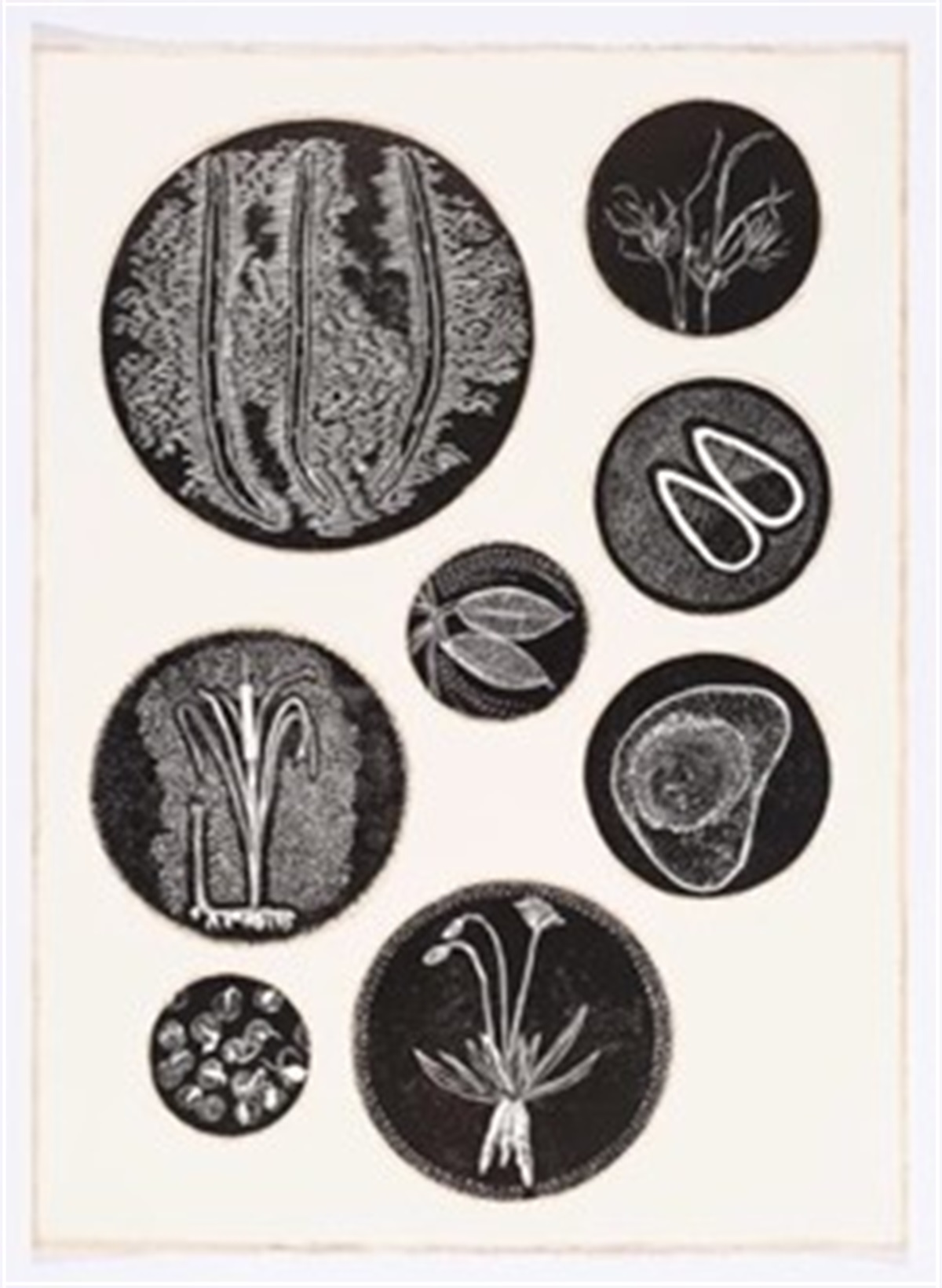A collaboration between eye researchers and astronomers to develop an eye scan that can combine three Alzheimer’s disease tests into one, and a project aiming to find a new way of treating inherited retinal diseases, have received funding in the National Health and Medical Research Council’s latest round of Ideas Grants.
Space-age test
A team led by Professor Peter van Wijngaarden from CERA and the University of Melbourne has received an Ideas Grant to expand research to develop an eye test to identify three known indicators of Alzheimer’s disease – amyloid beta, tau tangles and neurodegeneration.
Professor van Wijngaarden said currently three separate brain scans were needed to obtain this information about a patient’s brain health – but if the research is successful this could be replaced by a single, simple eye test.
“Our research will compare the effectiveness our novel eye scanning technology with state-of-the-art brain scanning technologies to detect Alzheimer’s disease,” he says.
“If we can identify three of the key biomarkers of Alzheimer’s disease in a single eye test rather than three separate brain scans it will be a game-changer for patients, their families and the broader health system.”
Professor van Wijngaarden’s research utilises a hyperspectral camera – developed at CERA using technology similar to that used in satellites.
Unlike traditional eye tests which use a single white light flash – the new approach captures 30 images of the eye with different colours of light.
To analyse the wealth of information contained in these images, Professor van Wijngaarden’s team is collaborating with astronomer Associate Professor Edward Taylor from the Centre for Astrophysics and Supercomputing at Swinburne University of Technology.
Associate Professor Taylor, an observational astronomer who specialises in galaxy formation and evolution, will apply his experience analysing galactic data to the eye’s intricate structures.
“It’s an extraordinary opportunity to use my skills in astronomical data analysis to help improve the lives of people at risk of Alzheimer’s disease and their families,” says Associate Professor Taylor.
Professor van Wijngaarden said there was a critical need for accurate, inexpensive and non-invasive tests to spot the earliest signs of Alzheimer’s disease.
Previous research by Professor van Wijngaarden’s team has shown the potential of hyperspectral imaging of the retina to distinguish between people with and without Alzheimer’s disease based on a scan for amyloid.
The new research will determine if the eye scan can also detect signs of tau tangles and neurodegeneration – a key step towards a test can be used in the clinic.
“With many emerging treatments for Alzheimer’s disease on the horizon, a simple test would streamline clinical trials, and help to identify people who may benefit from early treatment,” he said.
The research team is currently testing the camera in clinical studies at CERA and at the Australian Institute of Imaging, Biomarkers and Lifestyle at the Florey Institute of Neurosciences and Mental Health.
In addition to his NHMRC funding, he has also received support from the Yulgilbar Alzheimer’s Research Program, Hecht Trust via Perpetual Impact Philanthropy, National Foundation for Medical Research and Innovation, BioMedTech Horizons and the Alzheimer Drug Discovery Foundation, supported by Bil Gates, Leonard Lauder, Jeff and Mackenzie Bezos and the Dolby Foundation.
RNA editing
Associate Professor Guei-Sheung (Rick) Liu and his team will study whether RNA editing can be used as a new way of treating inherited retinal diseases.
Inherited retinal diseases (IRDs) are a family of diseases that together are the most common cause of legal blindness among working-age Australians.
They include conditions like retinitis pigmentosa, Usher syndrome and Stargardt’s disease, as well as many others.
IRDs are caused by a change or ‘mistake’ in one or more genes that leads to cells in the retina not working as they are supposed to, which leads to vision loss.
A lot of current research looking at treatments for IRDs is focused on gene replacement therapies, which use a safe virus to deliver a correct version of gene.
However, many IRDs are caused by genes that are too big to fit in the delivery virus that is currently used, preventing them from ever being treated with this method.
Associate Professor Liu and his team will research whether RNA editing can be used as a treatment instead.
RNA – ribonucleic acid – is a molecule that ‘reads’ the instructions of DNA and then tells the body what to do.
By correcting the genetic code error in a person’s RNA, potential new treatments won’t be limited by the size of the gene that causes the disease.
Another advantage of RNA editing is that changes to RNA are only temporary since RNA has a short lifespan.
If successful it would mean that new treatments for IRDs would be possible.
“RNA editing is an exciting technology that enables ophthalmologists to have more tools to manage IRD clinically,” says Associate Professor Liu
“In the future, someone will hopefully be able to go to the clinic, receive a genetic test, and their ophthalmologist will have a whole selection of treatments, so they can choose the right one for them.”
Taking methods developed by astronomers to discover distant galaxies and adapting them to image the eye, CERA researchers are revealing hidden signs of Alzheimer’s disease.
CERA’s new Genetic Engineering Research Unit is using cutting-edge technology to pave the way for simpler, longer lasting and more effective eye disease treatments.







